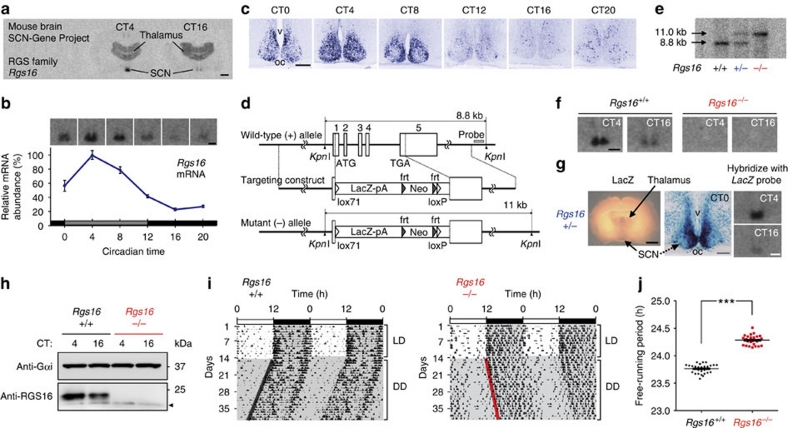Figure 1. RGS16 deficiency lengthens the circadian period of the locomotor activity rhythm.
(a) Autoradiographs showing mouse coronal brain sections hybridized with an Rgs16 probe. CT4 and CT16 correspond respectively to 4 and 16 h after the subjective onset of daytime in DD. Bar, 1 mm. (b) Circadian expression of Rgs16 in the SCN in DD. Relative RNA abundance was quantified with radioisotopic in situ hybridization. Values means±s.e.m (n=5) with the peak value adjusted to 100. Representative autoradiographs at the indicated time points are shown on the top. Bar, 200 μm. (c) Digoxigenin in situ hybridization showing the distribution of Rgs16-positive cells in the SCN. oc, optic chiasm; v, third ventricle. Bar, 100 μm. (d) Schematic representation of the mouse Rgs16 gene, targeting construct, and the mutant allele. Numbered boxes are the exons. The DNA probe used for southern blots is marked by a grey box. (e) Southern blot of KpnI-digested DNA from Rgs16+/+, Rgs16+/– and Rgs16−/− mice, WT (8.8 kb) and mutant (11 kb) allele. (f) Radioisotopic in situ hybridization autoradiographs showing WT and Rgs16−/− SCN. Bar, 200 μm. (g) Rgs16+/– coronal brain slice stained with X-gal (blue) with a magnified view of the SCN in a thin brain section at CT0. Autoradiographs show quantitative LacZ mRNA in situ hybridization at CT4 and CT16. Scale bars: black, 1 mm, grey, 100 μm, white, 300 μm. (h) Western blots of RGS16 and Gαi in the SCN at CT4 and CT16. Arrowhead indicates a non-specific band. (i) Representative locomotor activity records of C57BL/6J-backcrossed Rgs16+/+ and Rgs16−/− mice. Mice were housed in a 12L:12D light–dark cycle and then transferred to DD. Periods of darkness are indicated by grey backgrounds. The data are shown in double-plotted format. Each horizontal line represents 48 h; the second 24-h period is plotted to the right and below the first. The coloured lines delineate the phase of activity onset in DD. (j) Period-length distribution of C57BL/6J-backcrossed Rgs16+/+ and Rgs16–/– mice. Free-running period measurements were based on a 14-day interval taken after 3 days of a DD regime and were executed with a χ2 periodogram. Plotted are the period lengths of individual animals. Bars indicate mean±s.e.m. ***P<0.001, Student's t-test.

